The challenge of going vegan: why I’m putting engineered foods on my plate
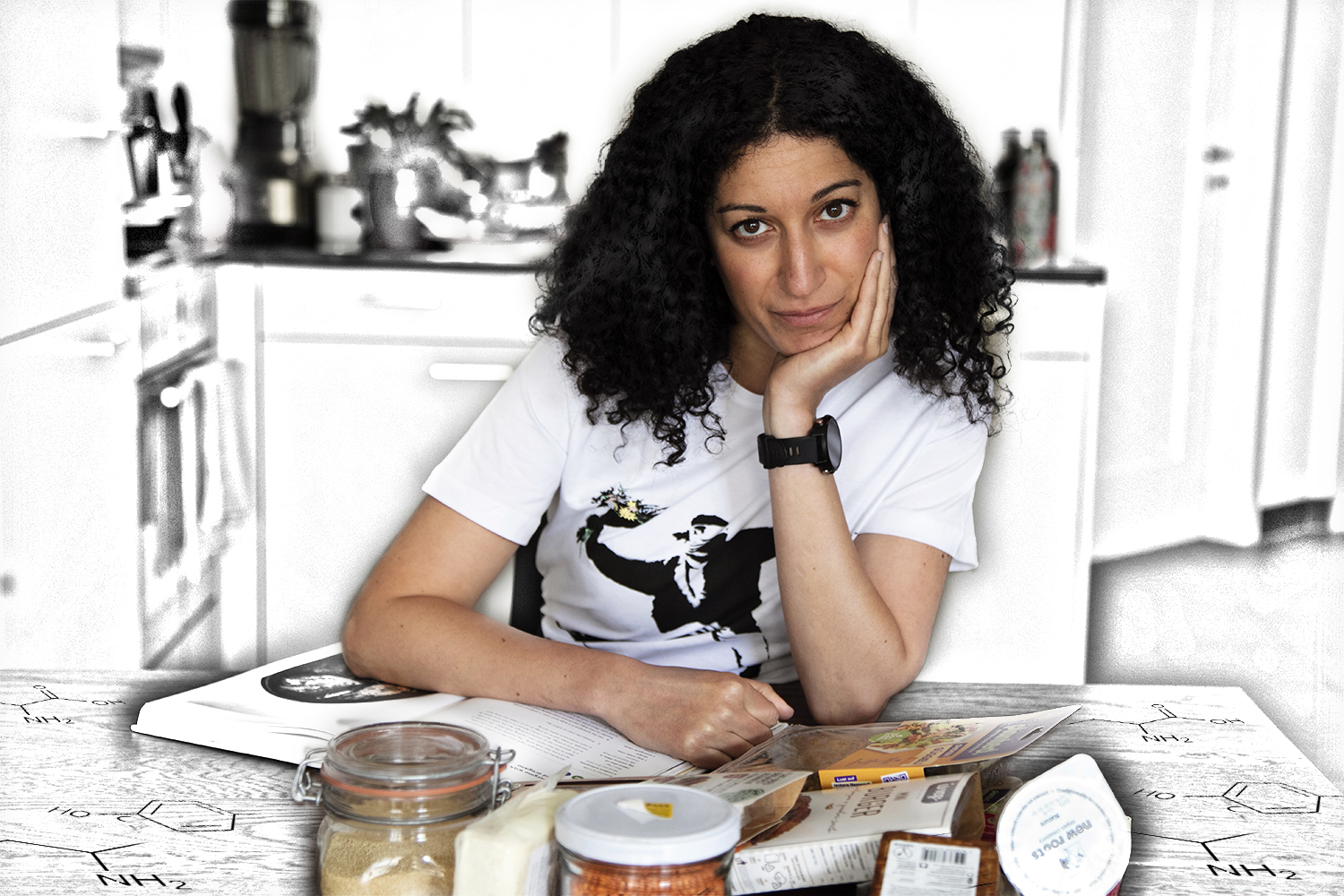
It’s relatively easy to adopt a diet low in animal products in Switzerland. The country boasts a wide array of vegetarian and vegan eateries and food shops, and the market for plant-based alternatives to meat, cheese and fish is booming. Yet our reporter’s transition to a more sustainable diet went less smoothly than expected.
The decision to eliminate animal protein almost entirely from my life came out of the blue in January 2021. I had just survived a Christmas full of Chinese fondue, sausages and mascarpone cream and wanted to atone for my gluttony.
Reading books on the food industry, practising yoga and living through a pandemic had opened my eyes to the impact that food has on the environment, our health and animal welfare. With the start of Veganuary, the month-long vegan challenge in which more than two million people have participated since 2014, I had another good reason to stick to my New Year’s resolution.
As a true Italian, I have always eaten for pleasure as much as for sustenance. Food plays a central role in my daily and social life. Eating well is at least as important as reading a good book, having close friends and dressing tastefully. In short, to eat well is to live well.
From an early age, however, I have always known that food is a double-edged sword: it can make us feel very good, but also very, very bad. A rather disastrous family health history rich in cases of diabetes, obesity, hypertension and cardiovascular problems made me realise early on that food is both a blessing and a curse.
This is why my mother was always obsessed with healthy cooking. She would drone on about the beneficial properties of what we were eating while we sat for dinner: the polyphenols in cinnamon to lower blood sugar, the curcumin in turmeric to keep weight under control or the sulforaphane in cruciferous vegetables as a cure for every ailment.
As she delivered her lecture, my brothers and I would look at each other and grin, trying not to get noticed as we discarded those bitter Brussels sprouts or the spicy rocket salad from our plates.
In spite of this, animal protein featured daily on our menu. Throughout my childhood no one in my family ever talked about the impact that our diets had on the environment or on animals. And this is how I grew up: ignoring – or wanting to ignore – the consequences of my food choices.
Climate change, pandemics, wars, and population growth: the events of our times are forcing us to change the way we eat. Consumers in Switzerland and around the world are increasingly turning to more sustainable options. Thanks to food engineering, it’s now possible to change our lifestyles without giving up the dishes we love. Switzerland is in a good position to drive this change: its strong food industry and cutting-edge start-ups are already leading the way in fields such as sustainable protein research and precision agriculture. In this new series, readers will accompany a SWI swissinfo.ch a journalist as she discovers some of the most innovative and interesting food technologies in Switzerland.
Vegetarian’s paradise
My transition to veganism started out surprisingly well. Switzerland may well be the home of Gruyère cheese, cured meat and cervelat, the typical Swiss sausage. But on supermarket shelves – from discount retailers to organic shops – you can find attractive alternatives to the most popular animal-based foods: soya cutlet, peanut brie or even carrot salmon.
Over the past five years, innovation in the food sector has allowed a massive expansion in the range of new foods fit for every palate and in sustainable alternatives. In fact, there are so many products available that I haven’t managed to try them all yet.
The market for alternative proteins is growing fast: globally, it is worth over $50 billion (CHF50 billion) today and could exceed $150 billionExternal link by 2027. Compared to the meat industry, where figures are expected to climb from $838.3 billion (2020 figure) to $1,157.6 billion by 2025, the alternative food sector is still a niche market. But the projected growth suggests that dietary habits are definitely changing.
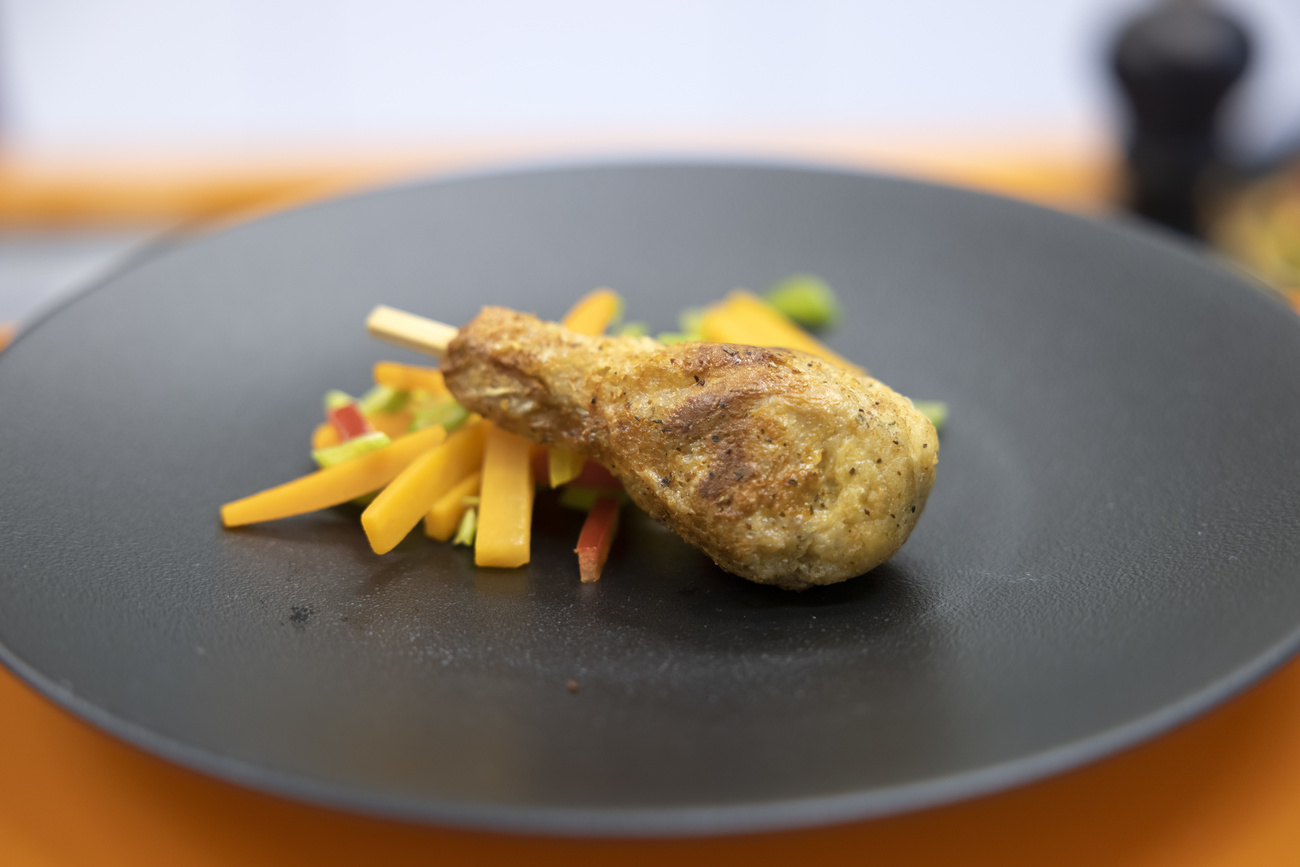
In Switzerland, the sale of meat substitutes has nearly doubled since 2016. More than one in four people sayExternal link that they regularly eat plant-based alternatives to meat, milk and cheese. Many people, like me, have already changed their eating habits by switching to a vegetarian or vegan diet. According to a Swiss surveyExternal link, around 4% of those polled described themselves as vegetarians. Interestingly, only 0.2% of men said that they followed a vegan lifestyle, while for women this figure stood at 1%.
In general, statistics show that it is mainly young people, those with higher education and well-off families who opt for a plant-based diet. In wealthy cities, therefore, the options are endless – in Bern, where I live, vegetarian and vegan food can be found almost everywhere, even at street food stalls.
In Zurich, the country’s wealthiest city and the birthplace in 1898 of the world’s first vegetarian restaurant, Hiltl, vegans and vegetarians are spoiled for choice. After all, Switzerland has one of the highest densities of vegetarian restaurants in Europe. Other European havens for vegetarians are Britain, Germany and Sweden.
I must admit that at first I missed the taste and texture of meat, and especially fish, of which I am particularly fond. Sometimes I would even dream about them at night. But having made reflections on the ethics and sustainability of the foods I used to eat and given the wide range of plant-based products on offer, I decided to extend my Veganuary beyond one month. I didn’t want to give up.
I also became more creative in the kitchen, learning to prepare delicious plant-based versions of the many dishes I love: lentil ragu, Genoese pesto with basil, edamame and nutritional yeast (in place of Parmesan), and spaghetti carbonara with chickpea flour and smoked soya. My skin took on a smoother and brighter sheen and my hair grew softer and glossier. What more could I want?
In search of the ideal diet
But after following a vegan diet for several months, something went wrong. I was training hard for a marathon and was worried by the onset of massive dips in energy. I sometimes felt dizzy from tiredness and hunger, almost as if I were drunk. This had never happened to me before. Was the vegan diet really as healthy and good for me as I’d thought? Or was I doing something wrong? To shake off my doubts, I contacted Alexander Mathys, who runs the sustainable food processing laboratory at the federal technology institute ETH Zurich.
When we first spoke, Mathys was brimming with ideas and information about the sustainability and health benefits of various diets, a subject he’s often discussing with his colleagues. In one studyExternal link, Mathys and his research group compared different types of diets from environmental, nutritional, economic and health perspectives.
According to their findings, the vegan diet is the most environmentally sustainable but is deficient in certain nutrients, such as vitamin B12, choline and calcium. “If we consider all the micro- and macronutrients that our bodies need, the vegan diet is not the best,” said Mathys.
The ideal diet, the study showed, involves a massive reduction in the intake of meat and vegetable oils. We should also consume fewer cereals, tubers and fish products, and eat more legumes, nuts, seeds, fruits and vegetables each day.
After talking to Mathys and consulting a nutritionist, I realised that in order to feel better I needed to increase my consumption of vegetable proteins (for instance, by adding soy milk to my breakfast) and always have some nuts with me to snack on between meals or on the go. By doing this, I was able to keep the hunger pangs at bay and got my old energy back. In the end, I successfully ran the marathon.
Laura Nyström, a food biochemist at ETH Zurich, confirmed that it is possible to follow a balanced vegan diet that benefits the body. Plant-based products often consist of legumes and cereals and are therefore rich in fibre, which is important for regulating intestinal functions as well as sugar and fat intake.
“I am sure that a vegan diet can be complete,” said Nyström. “But it requires a lot of planning, and not everyone has time to think about their meals in advance.” In other words, a vegan diet is not for everyone.
After a lot of trial and error, I have finally found my ideal diet: mainly vegan at home and vegetarian outside the home, with a few exceptions over the year for fish and, more rarely, meat. But with one golden rule: you should sometimes give in to an indulgence and not feel guilty about it.
More
How technology is shaping the future of food
Although I enjoyed the lentil ragu and other vegan recipes I’d mastered, nostalgia for the dishes I had eaten my whole life, such as chicken breasts in milk and veal Milanese, prompted me to explore the Swiss food technology scene more closely. I wanted to see if it really was possible to follow a plant-based diet without having to forgo the flavours of my childhood.
I find the idea of reproducing the texture, appearance and taste of meat and other foods in the laboratory quite fascinating, but also a little disturbing. I wanted to know who these “mad scientists” are that are spearheading the transformation of culinary culture in Switzerland, and experience their creations, bite by bite. So I went out to meet them.
Come and join me on this journey in my new series on the food of the future.
To contact me or comment on this article, you can email me.
Follow me on TwitterExternal link
Translated from Italian by Julia Bassam/gw

In compliance with the JTI standards
More: SWI swissinfo.ch certified by the Journalism Trust Initiative










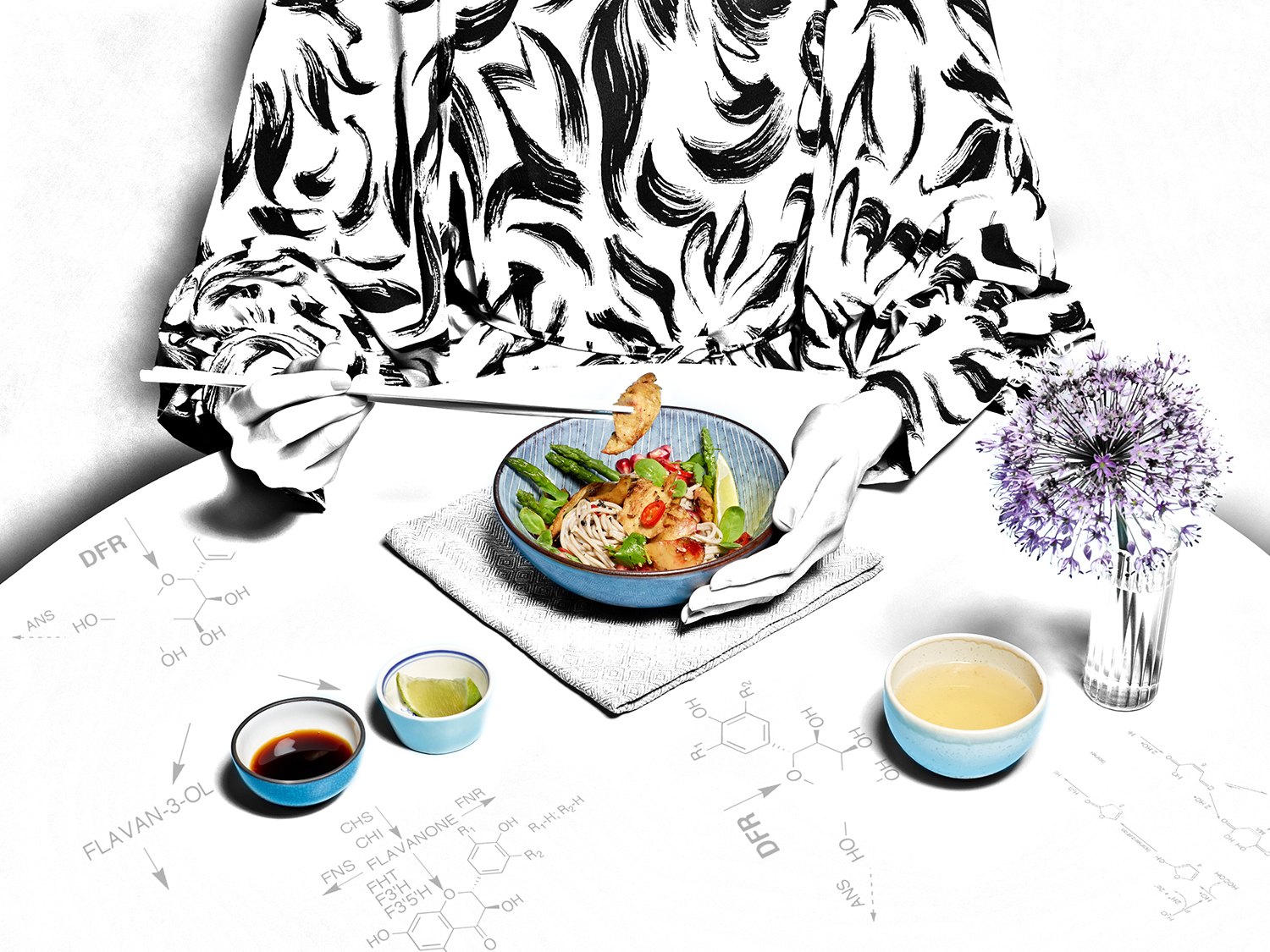
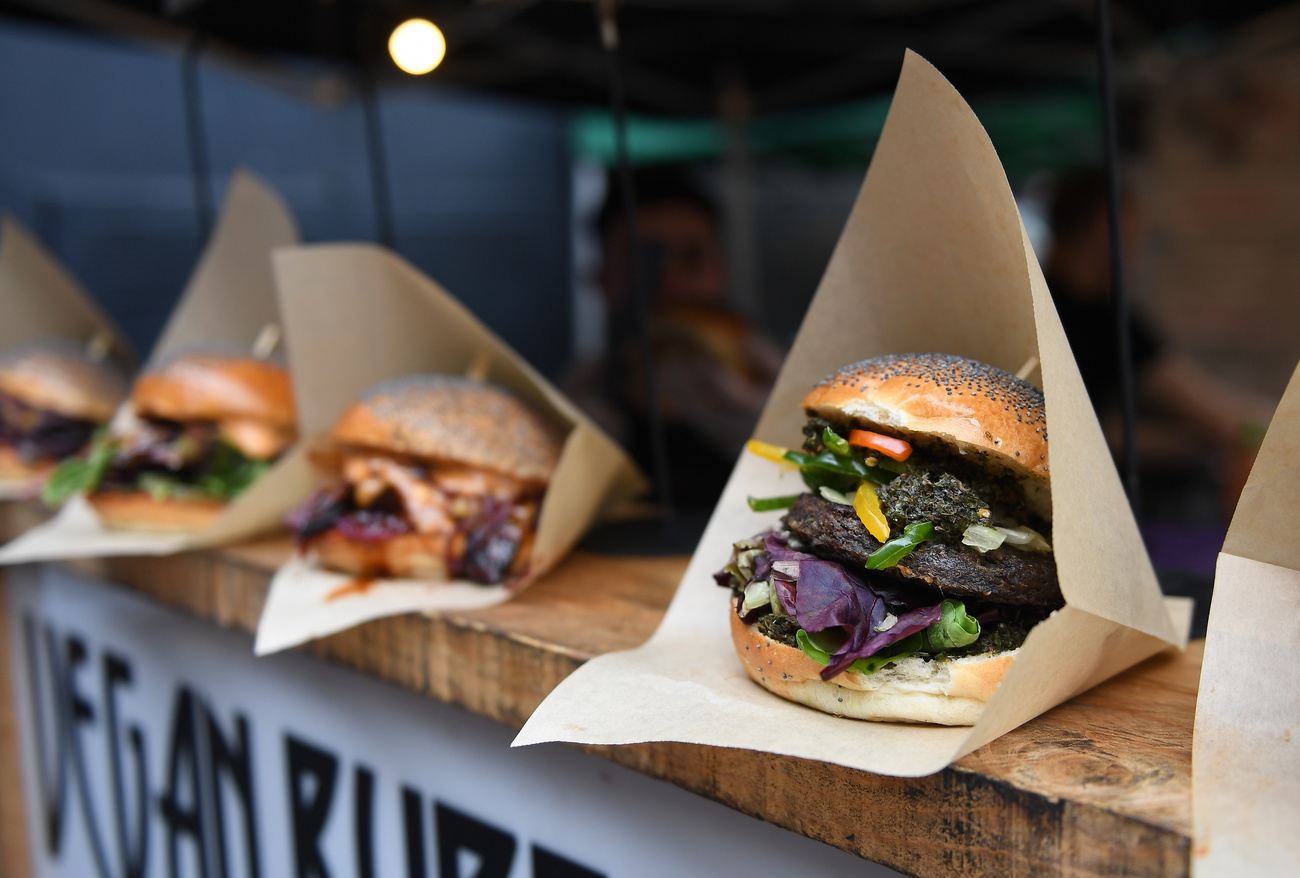


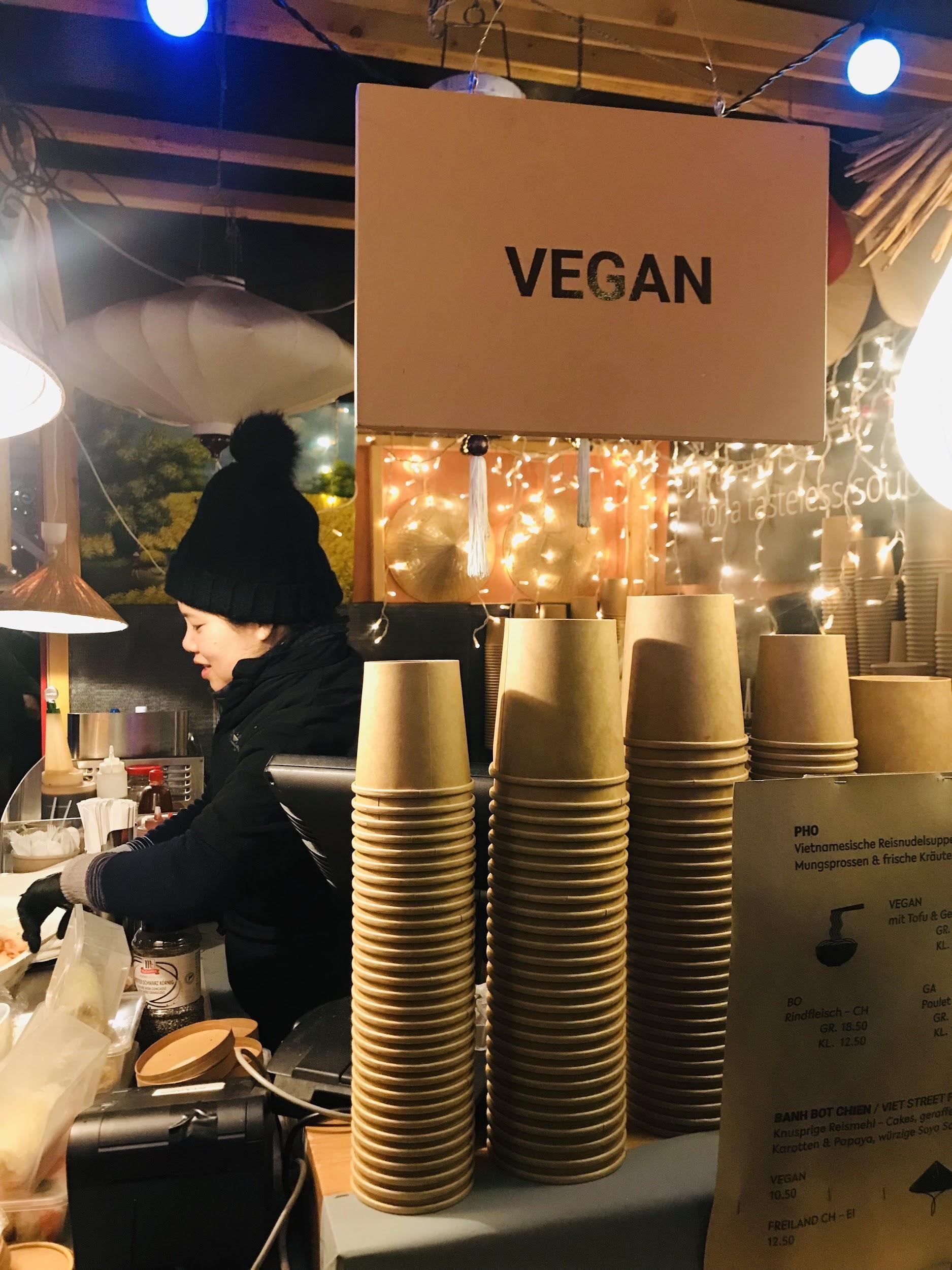
You can find an overview of ongoing debates with our journalists here . Please join us!
If you want to start a conversation about a topic raised in this article or want to report factual errors, email us at english@swissinfo.ch.